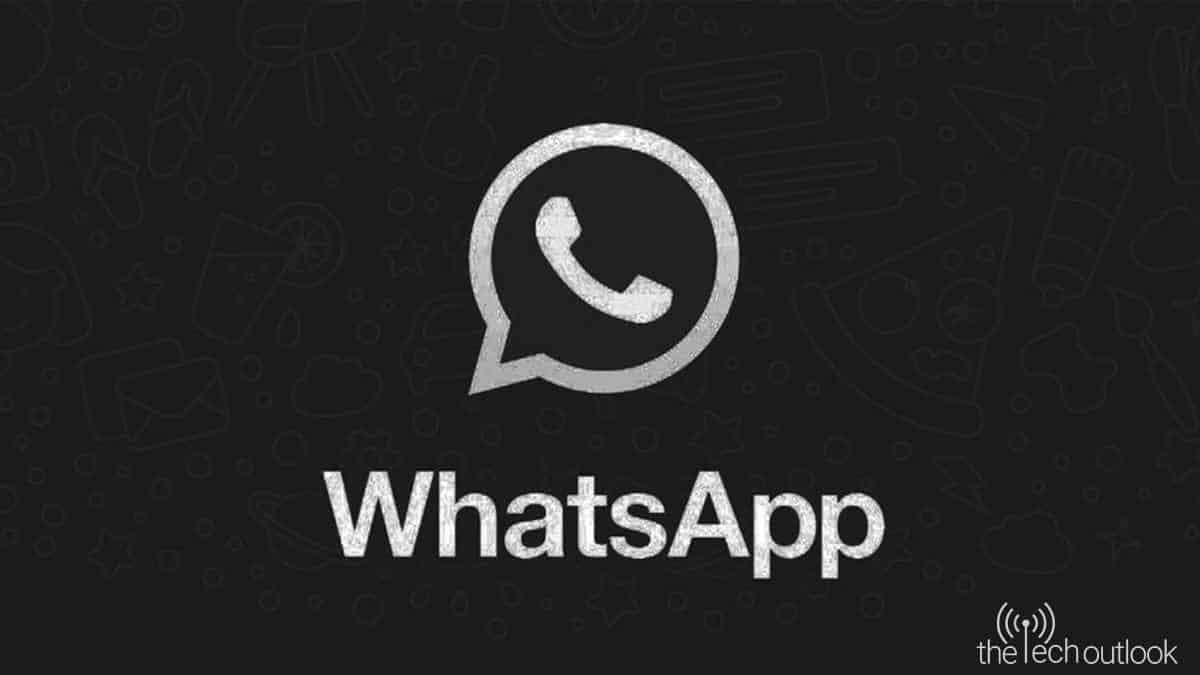WhatsApp on way to become India’s digital banking channel

WhatsApp Pay is on the cards for its over 400 millions users in India but before it becomes a mainstream mode of payment and mobile-based ecommerce, banks in India are already leveraging the app in helping digitally-inactive customers adopt WhatsApp as their first digital banking channel in the social distancing times.
Today, WhatsApp has become a convenient and seamless channel for customers to interact with banks, which are providing a range of banking services through the platform.
Kotak Mahindra Bank was one of the first banks in the country to launch banking services on WhatsApp in 2018.
The bank has served nearly 20 lakh customers on its WhatsApp Banking channel to date, with a massive 98 per cent increase in the customer base accessing WhatsApp Banking in the financial year 2020 as compared to the last financial year.
“Given that the majority of our customers are familiar with the WhatsApp interface, we found that many of our digitally inactive customers have adopted WhatsApp as their first digital banking channel,” Deepak Sharma, President and Chief Digital Officer, Kotak Mahindra Bank, told IANS.
Take the case of HDFC Bank which is using WhatsApp Business API as one of the key channels for engaging with the customers – from one way push messages such as on-boarding communication to new customers, information on product features and benefits, payment notifications and regulatory updates.
“WhatsApp also helps in two-way customer support through access to more than 8,000 FAQs on bank’s products and services, quick product application links and enquiry services,” informed Anjani Rathor, Chief Digital Officer at HDFC Bank.
According to Abhijit Bose, Head of WhatsApp India, the Business API is helping larger firms connect with their customers at scale.
“Once customers opt-in or reach out to ask a question, merchants using the API can send notifications, receipts, and provide customer support. This helps brands foster deep and meaningful relationships with their customers, which can help their companies increase sales and grow,” Bose told IANS.
According to Sharma, Kotak Bank is using WhatsApp Banking channel for primarily two purposes.
One is to send important alerts to customers such as EMI schedules and payment reminders etc.
“We also send the digital welcome kit on opening an account to a customer on WhatsApp.
“Two, we offer a range of banking services and answer customer queries on WhatsApp. There are some queries that get concluded on WhatsApp itself – this includes a range of bank account and credit card-related queries,” he noted.
Kotak Bank has also enabled services that are initiated on WhatsApp and then get executed on its website or Kotak’s mobile banking app.
This includes service requests such as updating mobile number, email ids, PAN, updating FATCA (the Foreign Account Tax Compliance Act) declaration, cancelling NACH mandate, activating/deactivating passbook, deregistering printed statements, applying for a loan, credit card and opening an investment account, etc.
The HDFC Bank is using artificial intelligence (AI)-driven conversational banking experience through WhatsApp Banking as well.
“Some of the top queries from the customers on this platform circle around enquiries on existing accounts and cards, pre-approved offers and product eligibility, interest rates on loans and deposits and EMI moratorium guidelines, to name a few,” informed Rathor.
According to Bose, the current lockdown has magnified the critical need for businesses to have a digital presence.
“Businesses that many people were previously accustomed to visiting in person — a bank or grocery store, for example — are finding WhatsApp to be especially useful for providing customers with support and useful information,” said Bose.


